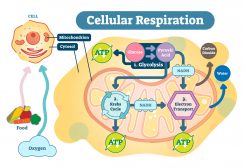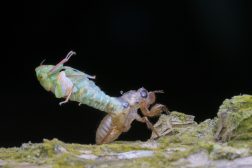Definition
noun
An aldohexose monosaccharide that is epimeric with mannose
Supplement
Monosaccharides are the simplest form of carbohydrates. They may be classified based on the number of constituent carbon atoms. For instance, hexose is a monosaccharide with six carbon atoms. They may be further classified based on the functional group present. An aldose is a sugar with an aldehyde functional group whereas a ketose is a sugar with a ketone functional group. Altrose is one of the hexose monosaccharides and it belongs to the aldoses.
Altrose is a stereoisomer of glucose. It is also a C-3 epimer of mannose. Mannose is a hexose monosaccharide and also belongs to the aldoses. Altrose, glucose, and mannose have the same chemical formula, which is C6H12O6. Altrose, though, is a rare monosaccharide. Naturally-occurring form of altrose is the L-altrose (i.e. based on Fischer projection, can rotate the plane polarized light in counterclockwise direction). The D-altrose (i.e. can rotate the plane polarized light in clockwise direction) has not been found in nature. The L-altrose, in contrast, was isolated from the strains of the bacterium Butyrivibrio fibrisolvens.1
IUPAC name:
- (2S,3R,4R)-2,3,4,5,6-Pentahydroxyhexanal
Chemical formula:
See also:
- monosaccharide
- mannose
- stereoisomer
Reference(s):
1 Altrose. (n.d.). Wikipedia.org. Retrieved from https://en.wikipedia.org/wiki/Altrose







